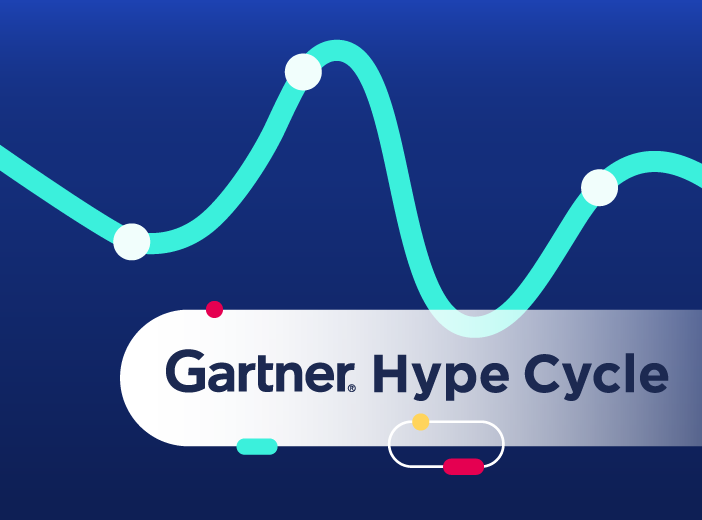Glossary
Master Data Management (MDM)
Master Data Management is the process of creating and managing a uniform set of data records to categorize transactional data across a business.
What is Master Data Management?
Master data is non-transactional data that is used to provide context to transactional data by describing it and making it easier to understand and manage. For example, it covers entities such as product names, customer formats, or how you describe your financial structures or offices. Master data does not refer to individual transactions but instead describes and helps categorize them. It has to be consistent and uniform across an organization to ensure accuracy.
Master Data Management (MDM), covers how this data is created, shared, updated, and used. As well as technology and tools MDM also covers the processes and policies used to enforce consistency.
The types of master data
Master data is classified into categories called domains, which each focus on a specific area. Common domains include:
- Location master data management
- B2B/B2C customer master data management
- Employee data master data management
- Product master data management
- Asset master data management
- Supplier master data management
- Reference data master data management
Master data should not be confused with internal or external reference data (such as country codes or currencies). While reference data is considered a subset of master data it is much more static and changes less often than master data.
Why is it important?
Companies gather data from a wide variety of sources, both inside and outside the organization. There may be differences in how this data refers to common, key entities, such as customers or company offices. This may be due to different departmental naming conventions and systems, for example.
It is therefore vital that companies are consistent in how they classify and refer to these key entities. Otherwise, data risks becoming inconsistent and inaccurate, undermining the success of operational activities such as marketing campaigns or sales calls and analytical activities such as business intelligence or reporting. Master Data Management is therefore central to data governance, particularly for larger organizations with multiple systems and many departments/offices.
How does Master Data Management work?
To ensure master data is managed successfully business and IT have to work together to create a master record (sometimes called a golden record), that contains what an organization needs to know about critical entities.
This has to be agreed by all stakeholders, including data stewards and data owners, to ensure consistency. It is then used to harmonize data across all of a company’s systems. All data has to be cleaned and transformed to ensure it matches the master record as soon as it is created or enters the organization. Systems also need to be regularly reviewed to ensure that no inconsistencies have crept in.
What are the business benefits of Master Data Management and the challenges to success?
The Benefits of Master Data Management
Master Data Management is a key part of overall data management, benefiting companies in three ways:
- It increases data consistency, providing a single source of the truth. This enables smoother, more efficient operations and ensures that decision-making is based on accurate, consistent information.
- It underpins effective data governance, providing a dictionary of how data should be described across the organization. This supports the rollout of clear standards and policies and also can be used to justify the ROI of data governance programs.
- It enables better regulatory compliance, by standardizing and recording how data is organized and described, helping meet legislation such as GDPR and the California Consumer Privacy Act (CCPA).
The challenges to successful Master Data Management
Master Data Management is a major project that must be rolled out consistently across the organization. Businesses need to overcome challenges around the complexity of their systems and operations and also get agreement from different business units and departments on master data standards to guarantee consistency.
Learn more

Blog
Gartner Hype Cycle: How data marketplace technologies are transforming data management
Where should CDOs and data leaders focus their strategies and investments when it comes to technology? To help, we highlight key trends from the new Gartner Hype Cycle for Data Management, focusing on the benefits of data marketplaces and data products.

Blog
Opendatasoft harnesses agentic AI to connect AI models to real-world data, driving greater business impact
What is agentic AI and how does it help increase data consumption? Our Q&A blog explains the current state of AI, and how Opendatasoft is innovating to drive forward its impact for customers.

